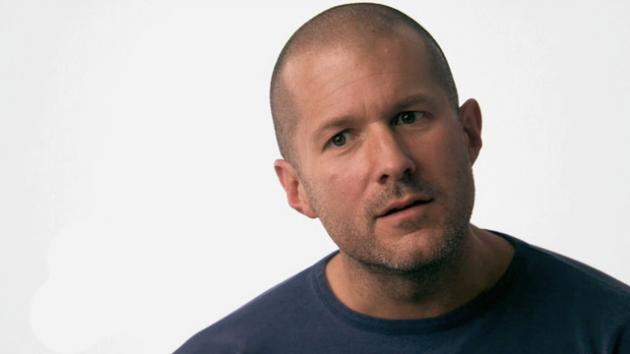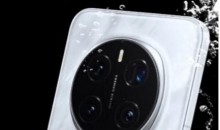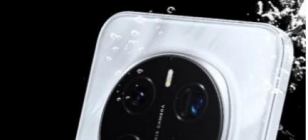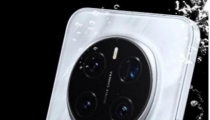Jony Ive and Craig Federighi Talk Design, User Experience and Touch ID In Businessweek
Sep 27, 2013 01:59

Businessweek ran an interview with Tim Cook, Jonny Ive and Craig Federighi on Apple's direction, and where they are headed, what they are planning and more.
Now they've released a longer interview with just Ive and Federighi on the design, user experience and the now famous new feature Touch ID. Check out some of the highlights:
Federighi on developing Touch ID:
[Y]ou decide you want to do something like, “wouldn’t it be great if you could use your finger to unlock your phone or to make a purchase?” It sounds like a simple idea. But how many places could that become a bad idea because you failed to execute on it? Well, that would be worse than never having done the feature at all if you did those things, right? And so you take that all the way to that spectrum, and we said, “My gosh, we’re going to have to build in our silicon a little island, a little enclave that’s walled off so that literally the main processor—no matter if you took ownership of the whole device and ran whatever code you wanted on the main processor—could not get that fingerprint out of there. Literally, the physical lines of communication in and out of the chip would not permit that ever to escape. It was something we considered fundamental to solving the overall problem.
Ive on the user experience:When we were first working together—and this is a great example of collaboration from many, many years ago—but on multi-touch. That was originally intended for what was to become the iPad. But I think one of the things that became clear was that we would need to try to explain the value of a whole new method of interaction and a whole new category of product. So one of the reasons that we focused on the phone was that there was no persuasion necessary to describe the value of the phone. You know, it was a market that existed, and people knew about the phone.
Ive on iOS 7's parallax effect:One of the things that we were interested in doing is, despite people talked about this being “flat,” is that it’s very, very deep. It’s constructed and architected visually and from an informational point of view as a very deep UI, but we didn’t want to rely on shadows or how big your highlights could get. Where do you go? I mean, there is only so long you can make your shadows. It wasn’t an aesthetic idea to try to create layers. It was a way of trying to sort of deal with different levels of information that existed and to try to give you a sense of where you were.
Check out the whole interview over on Bussinesweek. [Businessweek]






































































